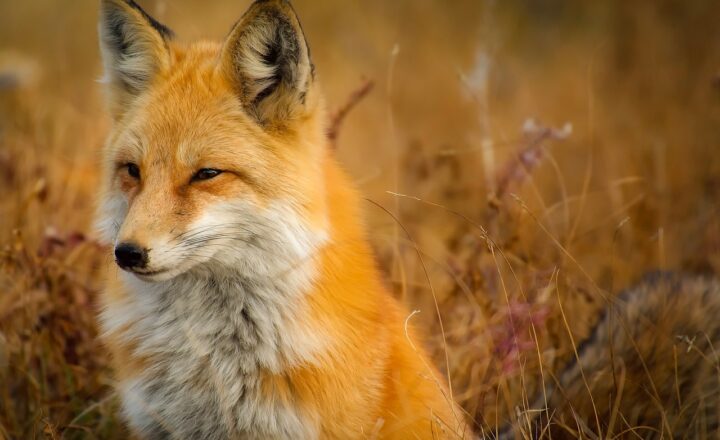
Roadkill taxidermy is a niche yet fascinating hobby that combines art, conservation, and even a bit of macabre charm. While many may grimace at the thought of preserving animals that meet an untimely end on our roads, there exists a dedicated group of enthusiasts who embrace this unconventional pursuit. They see beauty and opportunity where others see waste, transforming unfortunate casualties into artistic and educational displays that depict the circle of life.
1. What is Roadkill Taxidermy?
At its core, roadkill taxidermy involves the preservation of animals that have died in accidents on the road. Enthusiasts typically collect animals either through personal encounters or via established networks among fellow collectors. These taxidermists then apply various techniques to clean, cure, and mount their specimens, turning them into pieces of art or teaching tools.
While taxidermy has long been a way to display game animals and unique wildlife, roadkill taxidermy pushes the envelope, instilling value in creatures often overlooked or dismissed. The practice raises awareness around wildlife conservation issues and highlights the tragic results of urban sprawl on animal habitats.
2. The Ethics of Collecting Roadkill
The ethics surrounding roadkill taxidermy can spark heated debates. Supporters argue that collecting these animals is a form of recycling that honors their lives and educates the public about ecosystem mechanics. Critics, however, express concerns about legality, cleanliness, and the morality of such practices. Here are some points both sides consider:
- Legal Framework: In many places, collecting roadkill is legal, provided you follow specific local regulations. Some states have even implemented permit systems for roadkill collection, ensuring ethical guidelines are in place to prevent exploitation or mishandling of animals.
- Art vs. Morality: For collectors, the act of transforming a deceased animal into a work of art represents a powerful statement on mortality. Skeptics counter this viewpoint, emphasizing the potential insensitivity towards those who value the sanctity of life, even after death.
- Public Education: Roadkill taxidermy can serve a vital educational role, teaching viewers about local wildlife, biodiversity, and the impact of human activity on ecosystems. It encourages discussions on conservation and awareness about preventing encounters with wildlife on roads.
3. Techniques and Challenges in Roadkill Taxidermy
Those who collect and preserve roadkill must contend with the unique challenges this practice presents. Some animals may have sustained significant damage due to their accidents, while others may have started decomposing before the collector reaches them. Techniques employed by roadkill taxidermists include:
- Freezing: The first step often involves freezing the animal to halt decomposition safely until the collector can begin the taxidermy process. This helps maintain the creature’s integrity and makes the preservation process more manageable.
- Skinning and Cleaning: The skin of the animal is carefully removed, cleaned, and treated to preserve it. Collectors may use a variety of chemical solutions to eliminate tissues and bacteria while preserving color and texture, giving life to their newfound creations.
- Mounting Techniques: After the initial prep work is complete, collectors will then proceed with mounting the animal onto form, often using real wooden bases or creating decorative records that can accentuate the piece. This may include posing animals in lifelike positions or creating scenes around the mounted specimen to offer context.
4. The Community of Roadkill Taxidermy Enthusiasts
As niche as it may be, the roadkill taxidermy community is thriving and interconnected. Enthusiasts often gather in online forums, social media groups, and local meet-ups to swap tips, showcase their art, and discuss conservation efforts. Key elements of this community include:
- Education and Workshops: Many collectors hold workshops to teach the techniques and ethics of roadkill taxidermy to newbies. By formally educating new enthusiasts, they aim to build bridges with skeptical audiences and communicate respect for the animals involved.
- Art Exhibitions: Some artists have gone mainstream, creating exhibitions that display their roadkill taxidermy alongside traditional art forms. These exhibitions promote awareness about nature and wildlife while showcasing the beauty in life and death intertwined.
- Social Media Presence: Platforms like Instagram and TikTok have become popular spaces for enthusiasts to share their creations. Creators can capture the intricate beauty of their work while connecting with a broader audience that appreciates the mix of artistry and nature.
5. Conclusion: A Unique Perspective on Life and Death
Roadkill taxidermy invites us to reevaluate our relationship with wildlife, death, and art. While opinions may vary greatly on the practice, the underlying motivations of collectors reveal a deep appreciation for nature and a desire to educate others about the fragility of life. Through their artistry, these individuals transform a grim reality into a conversation starter, reminding us of the interconnectedness of all living beings.
So, next time you see an animal by the side of the road, consider the underlying narrative it represents—a story that echoes throughout our landscape, reminding us of the path we share with the natural world.







